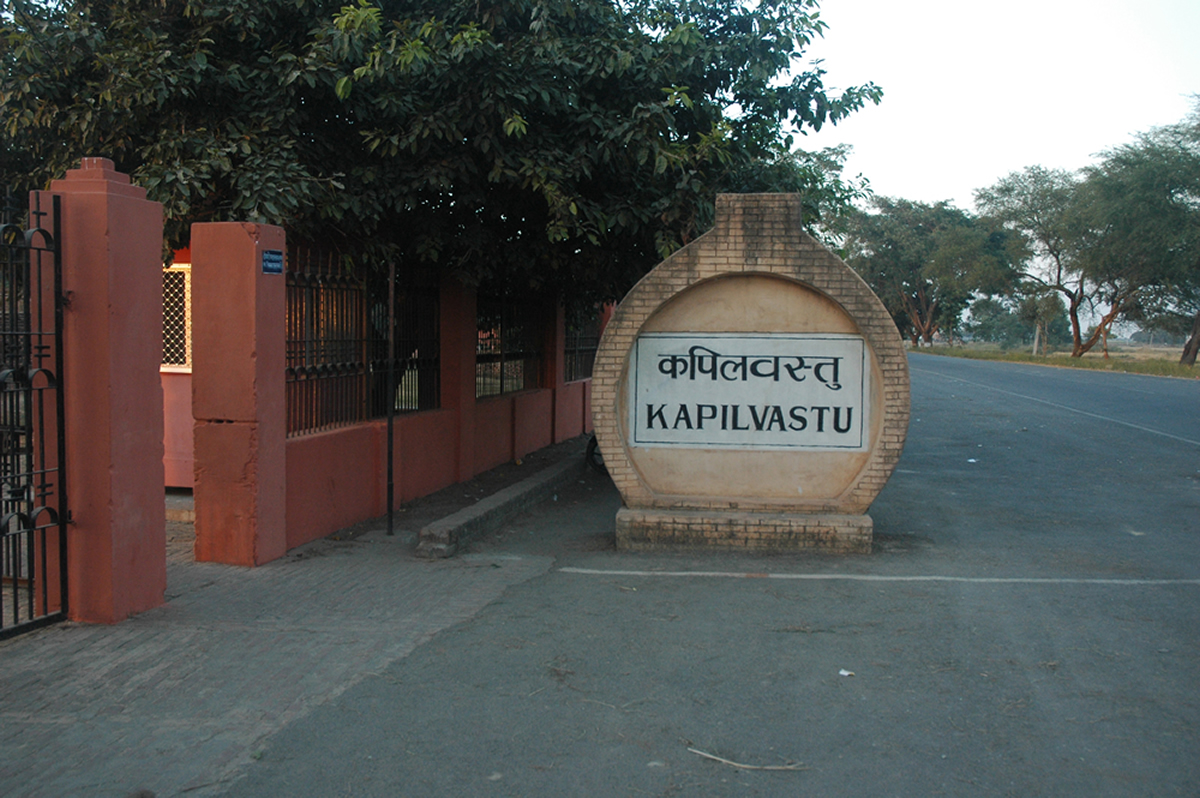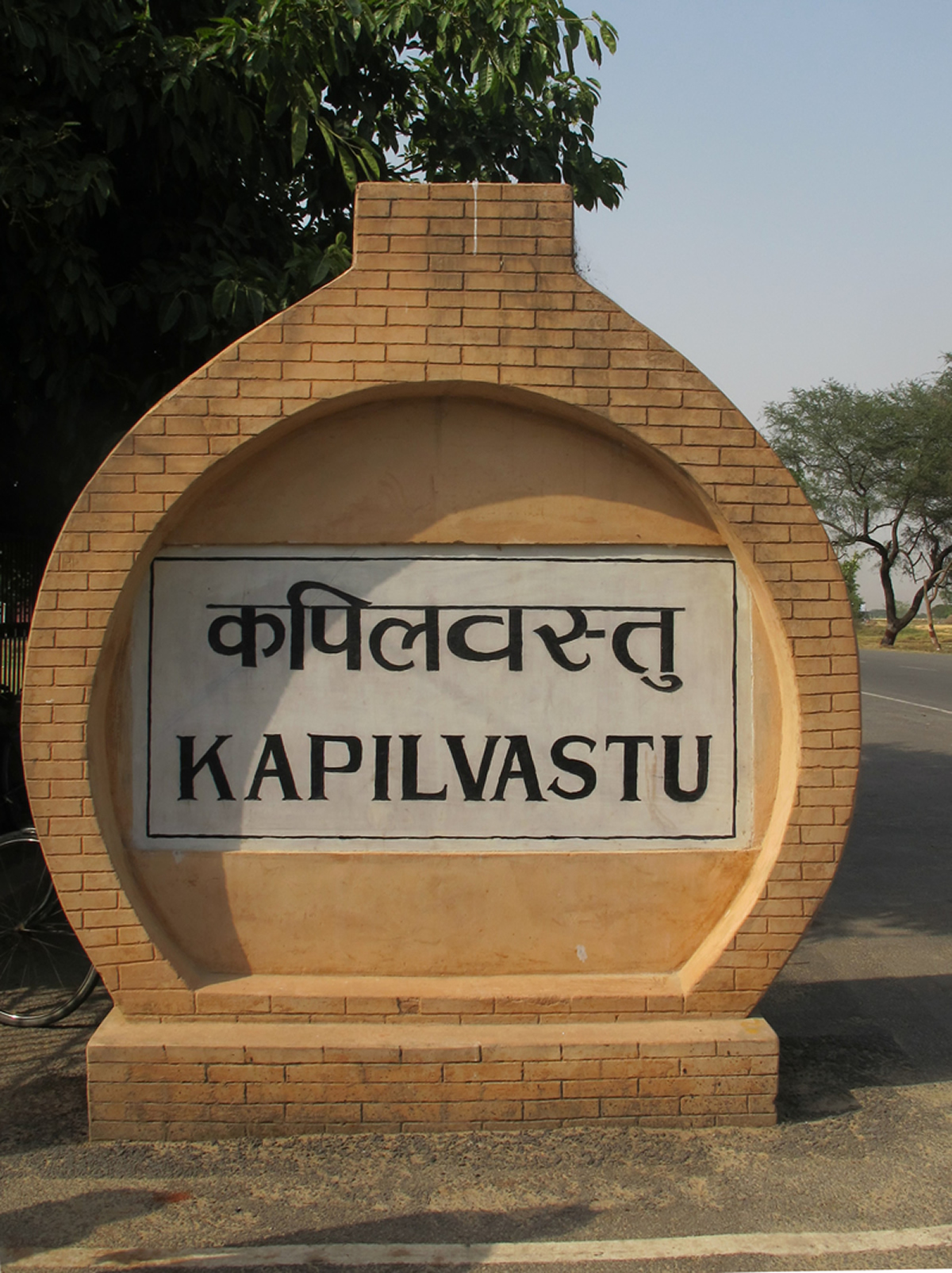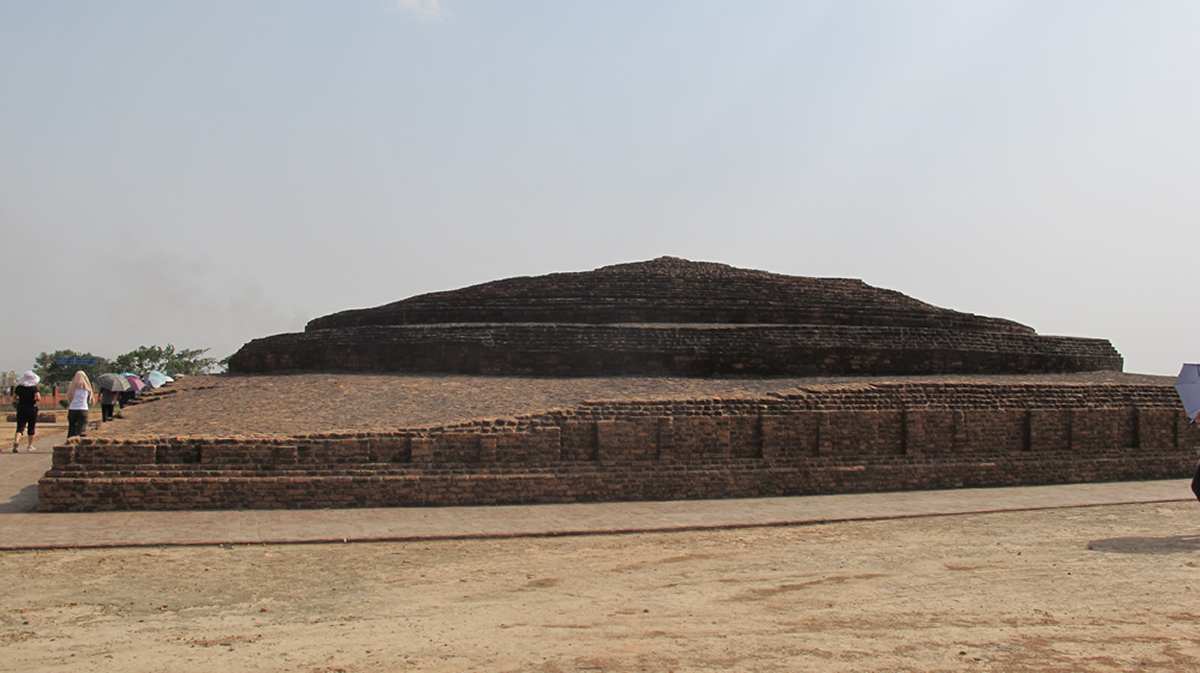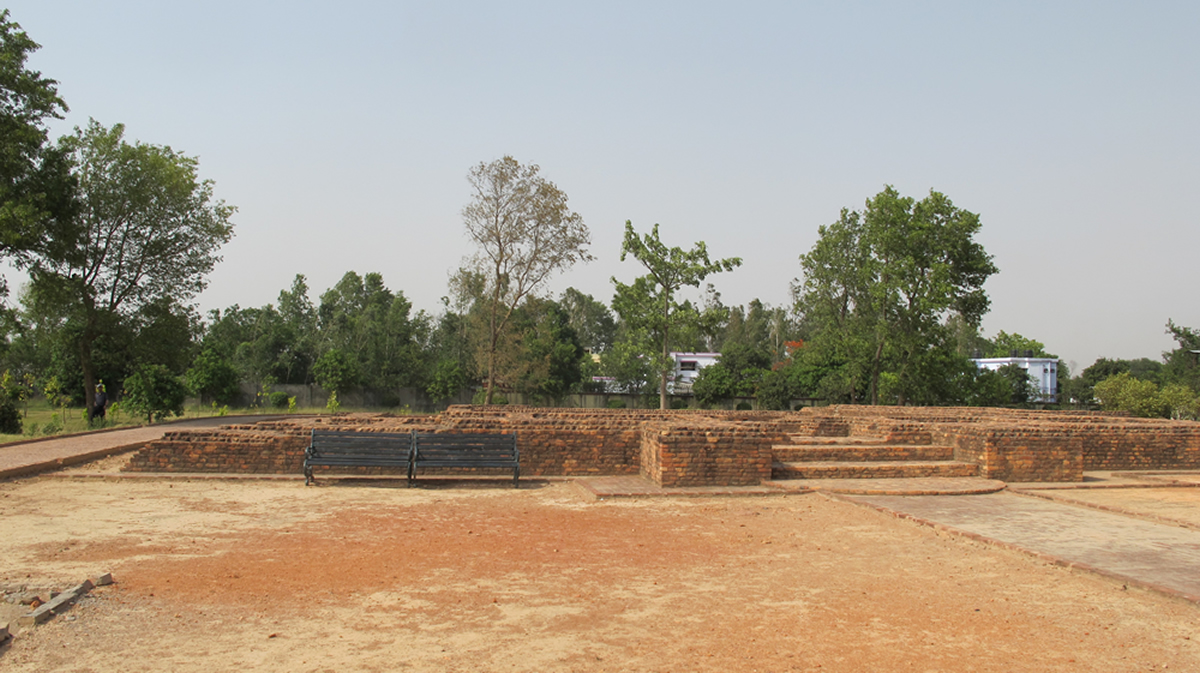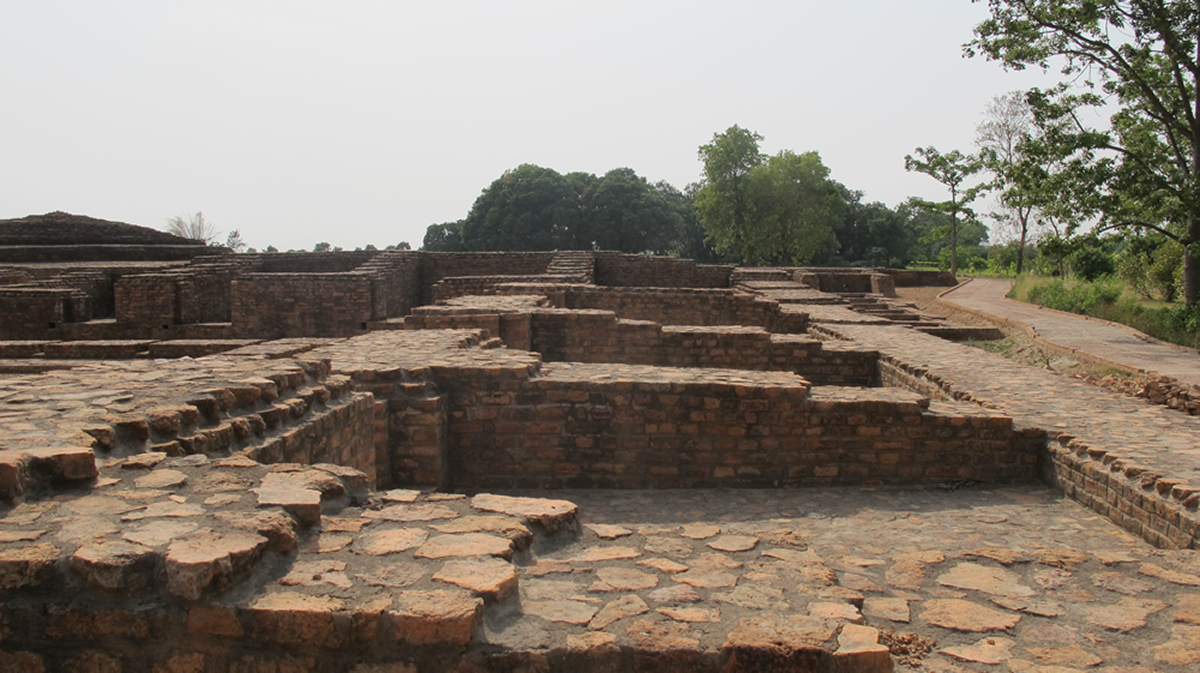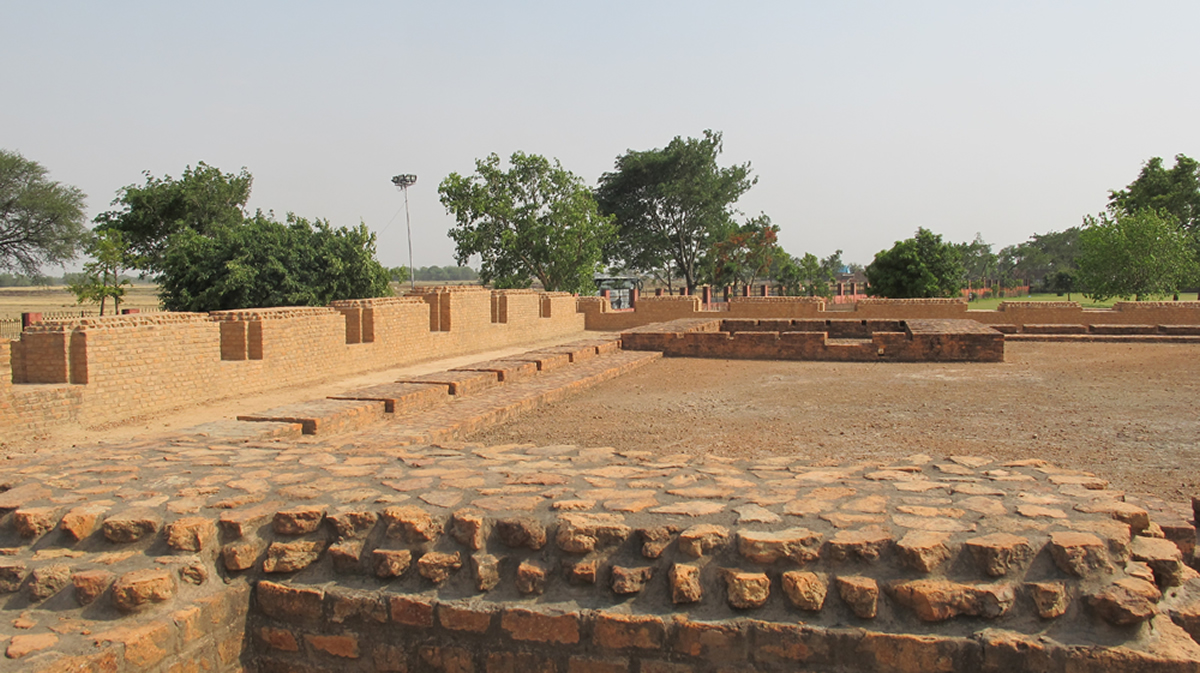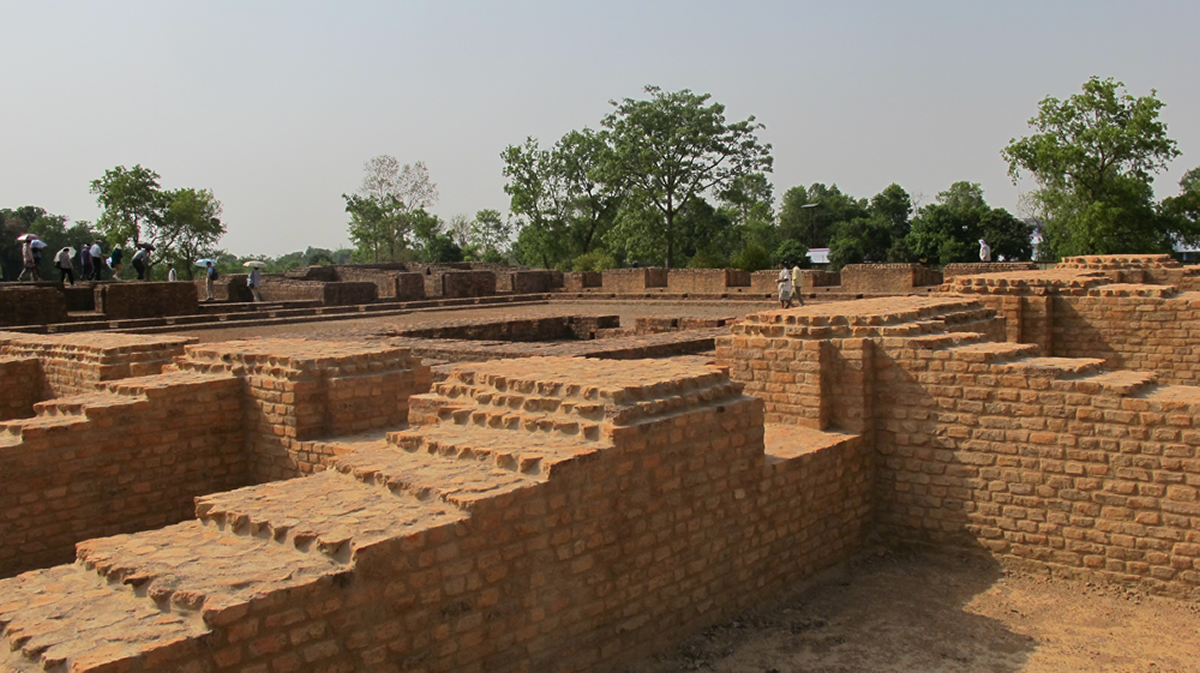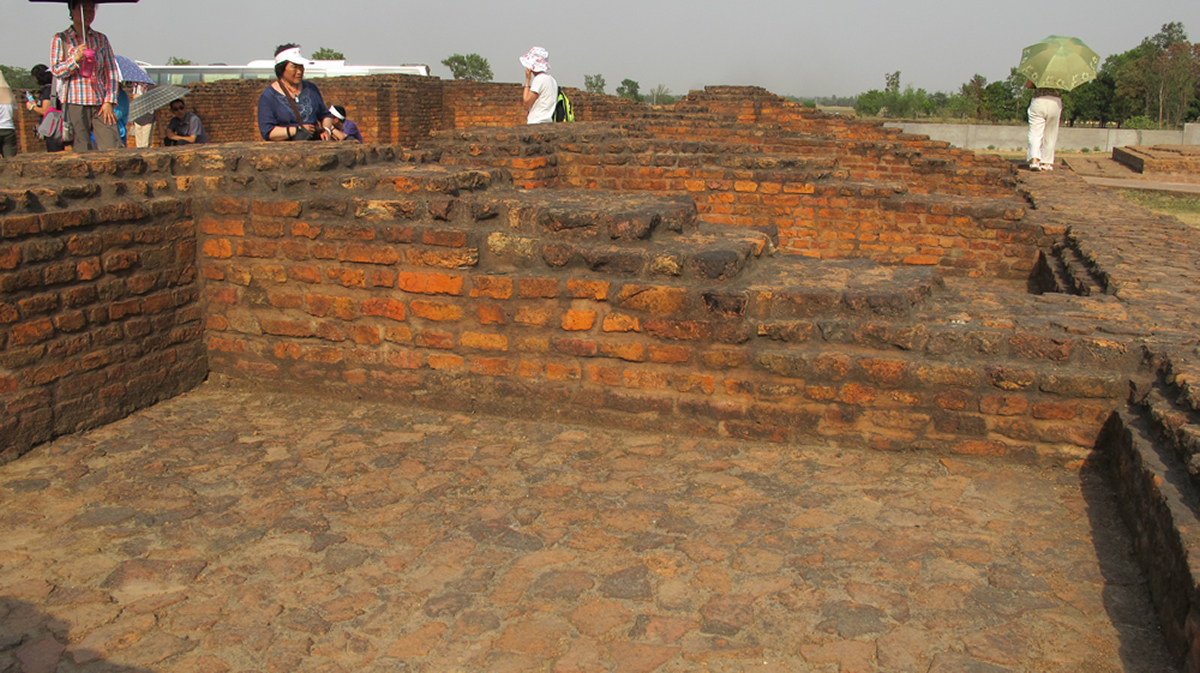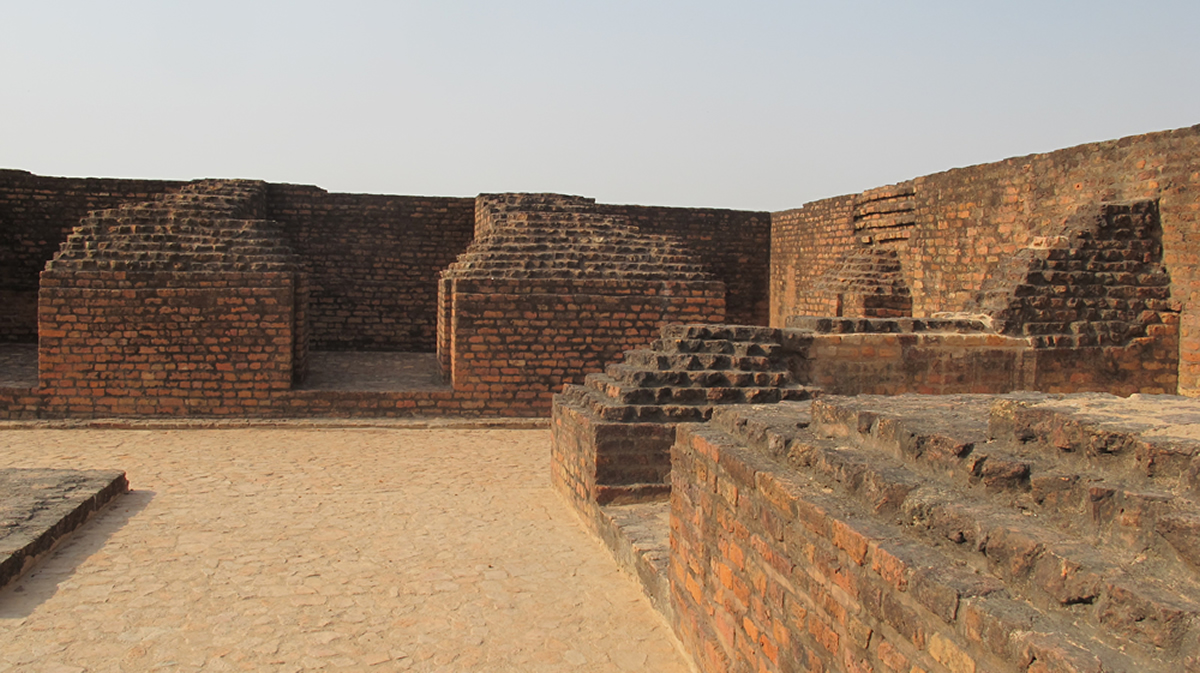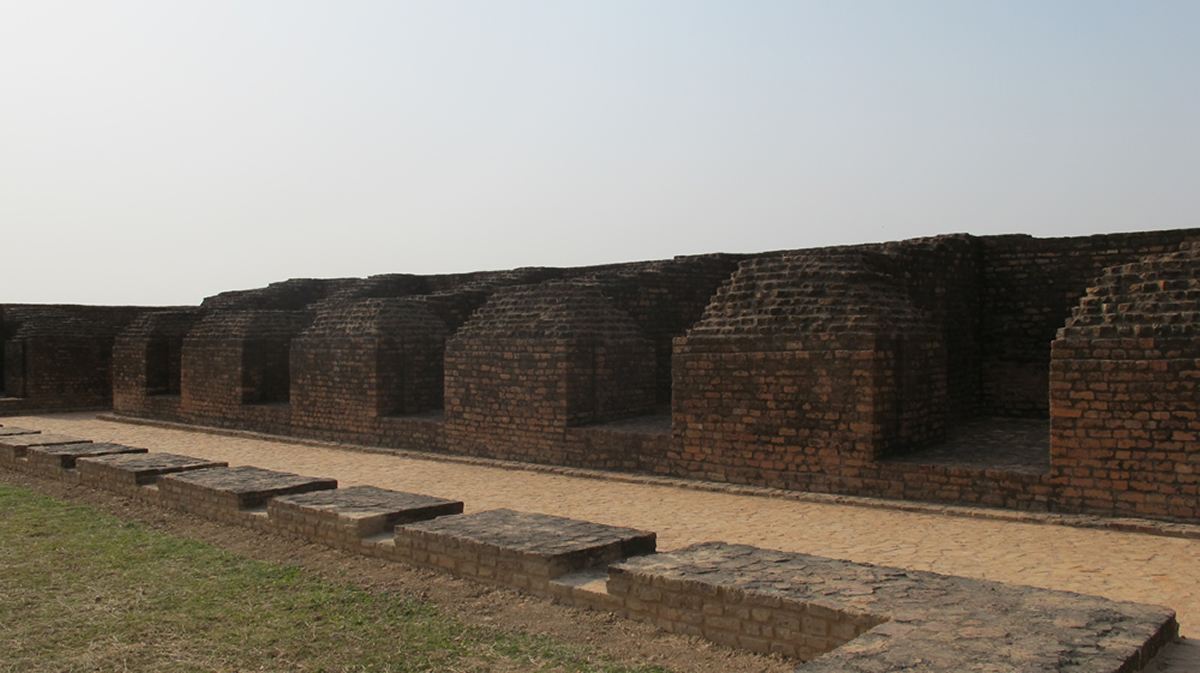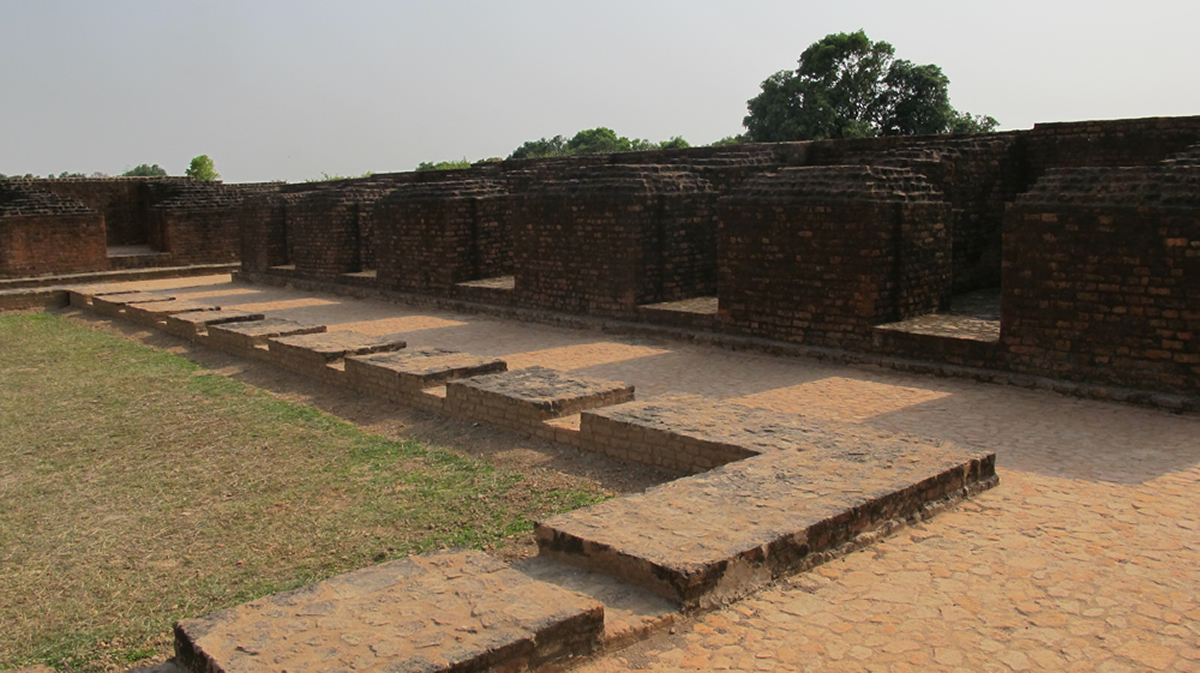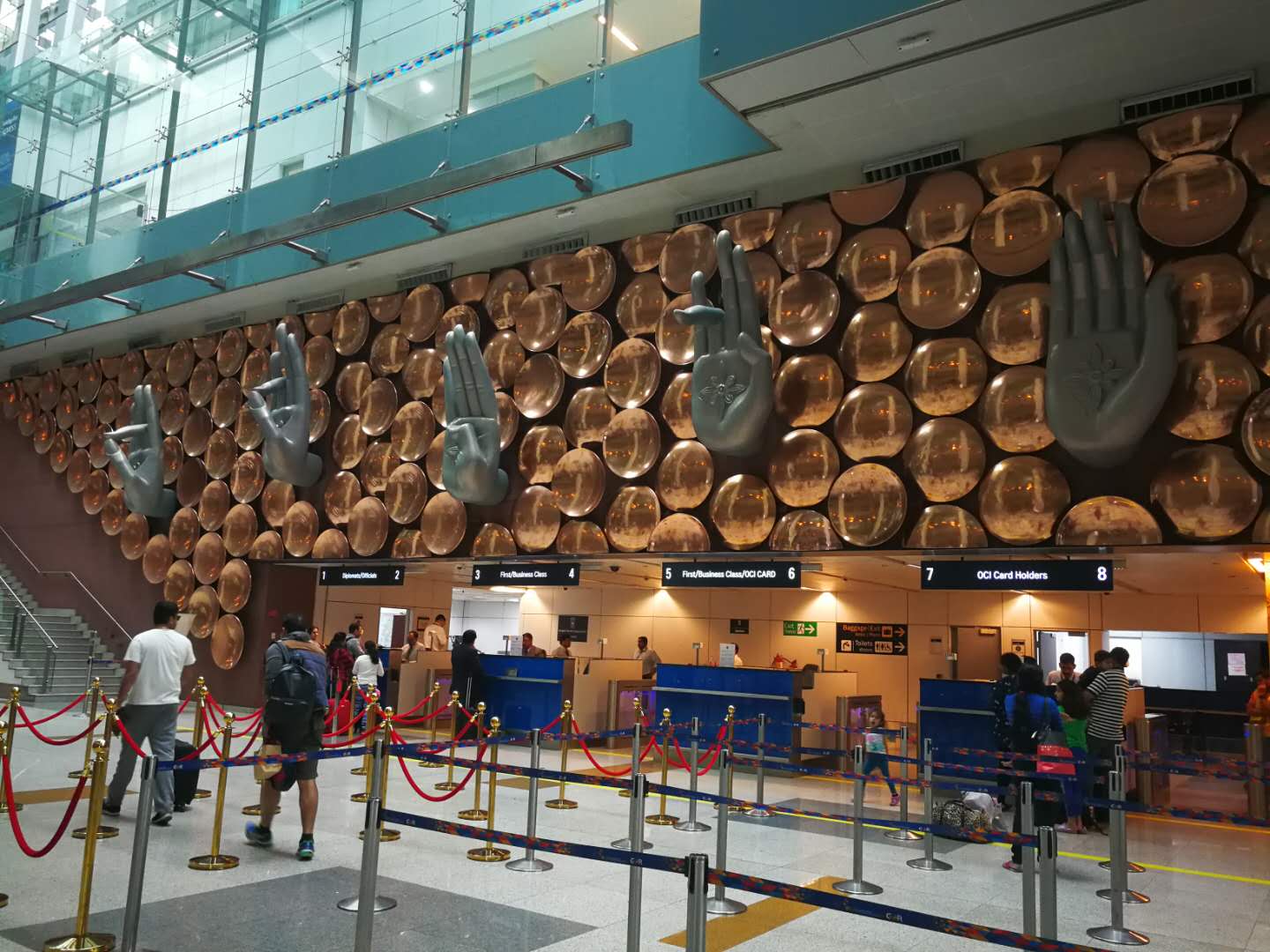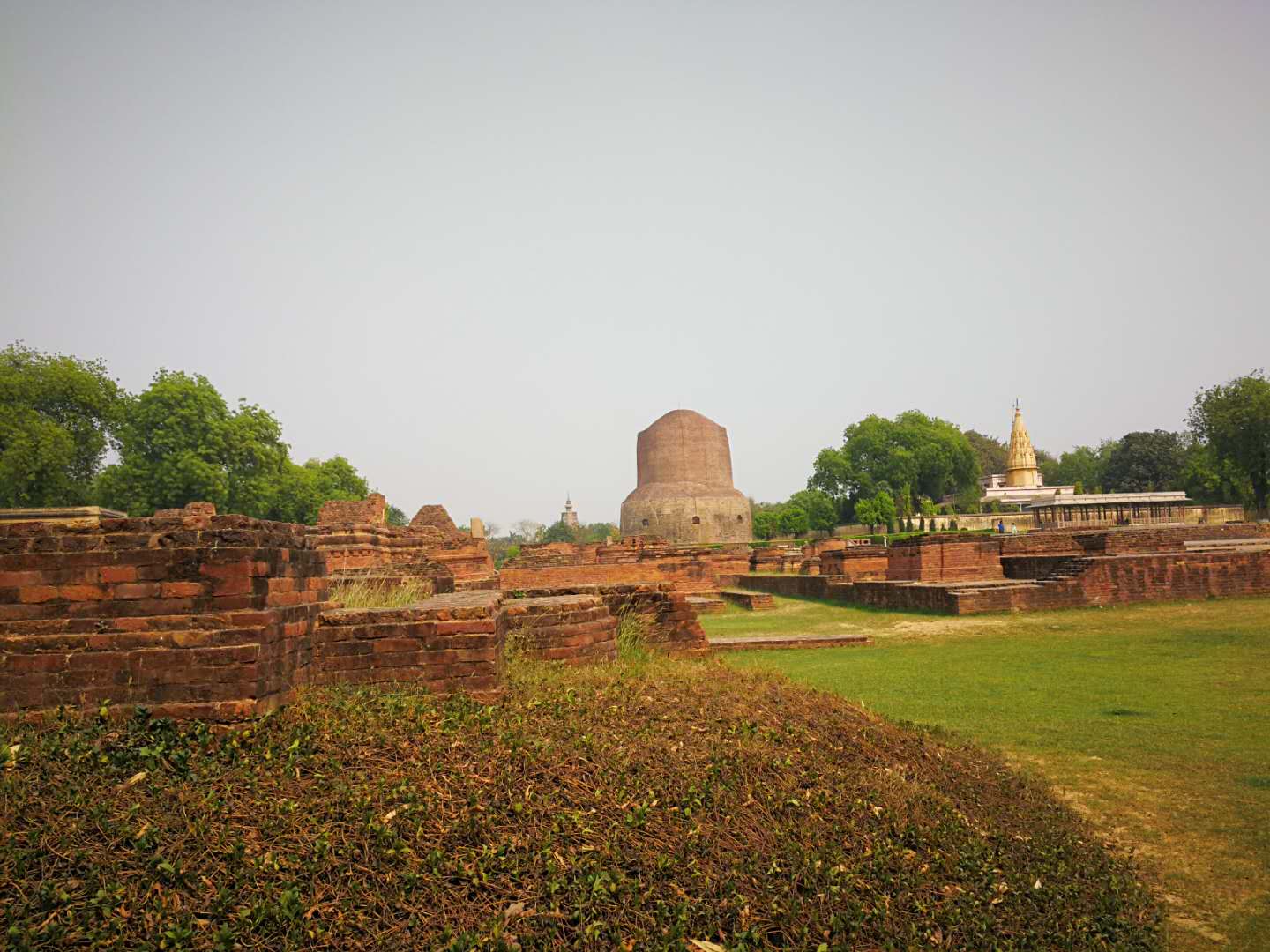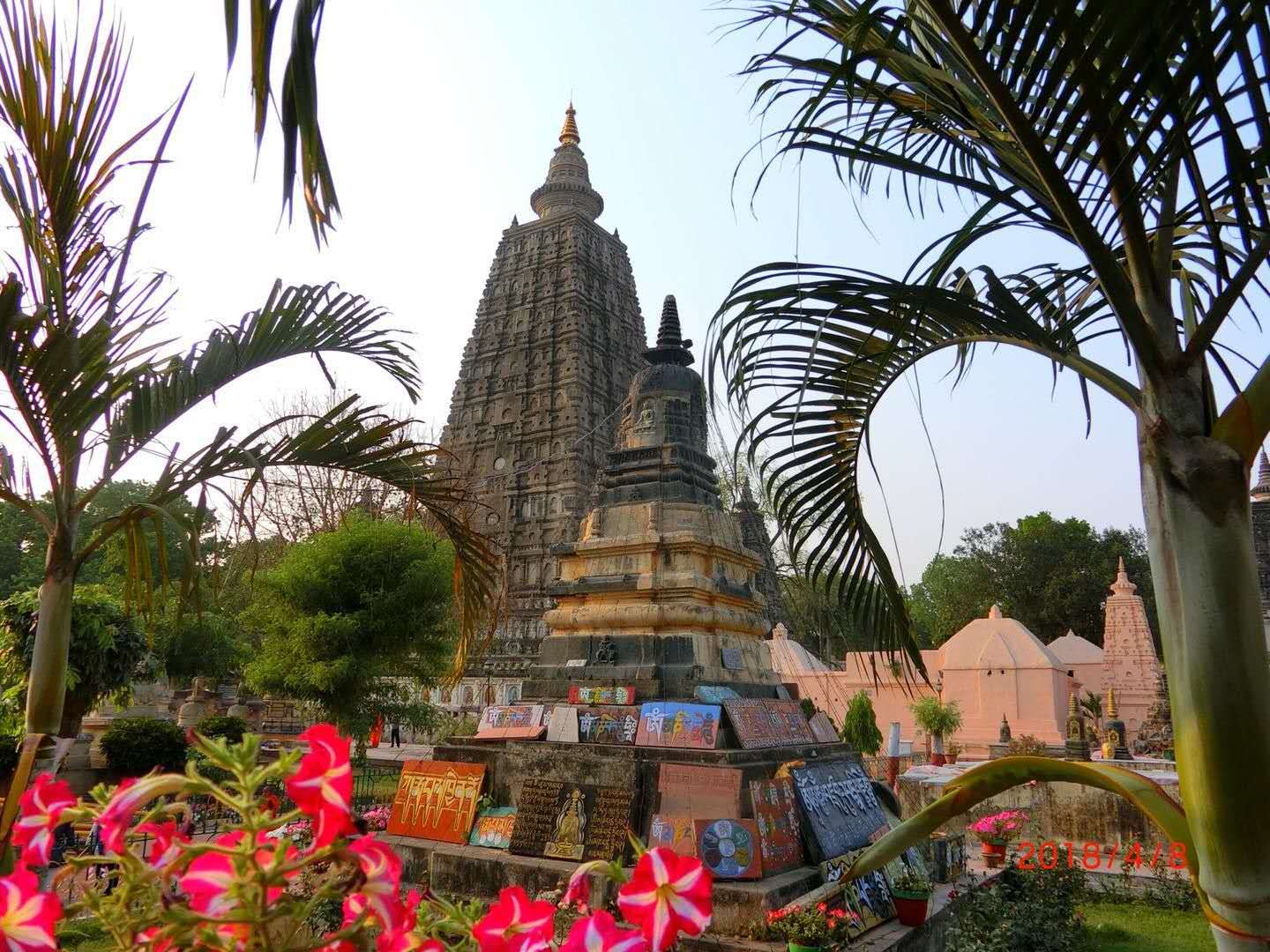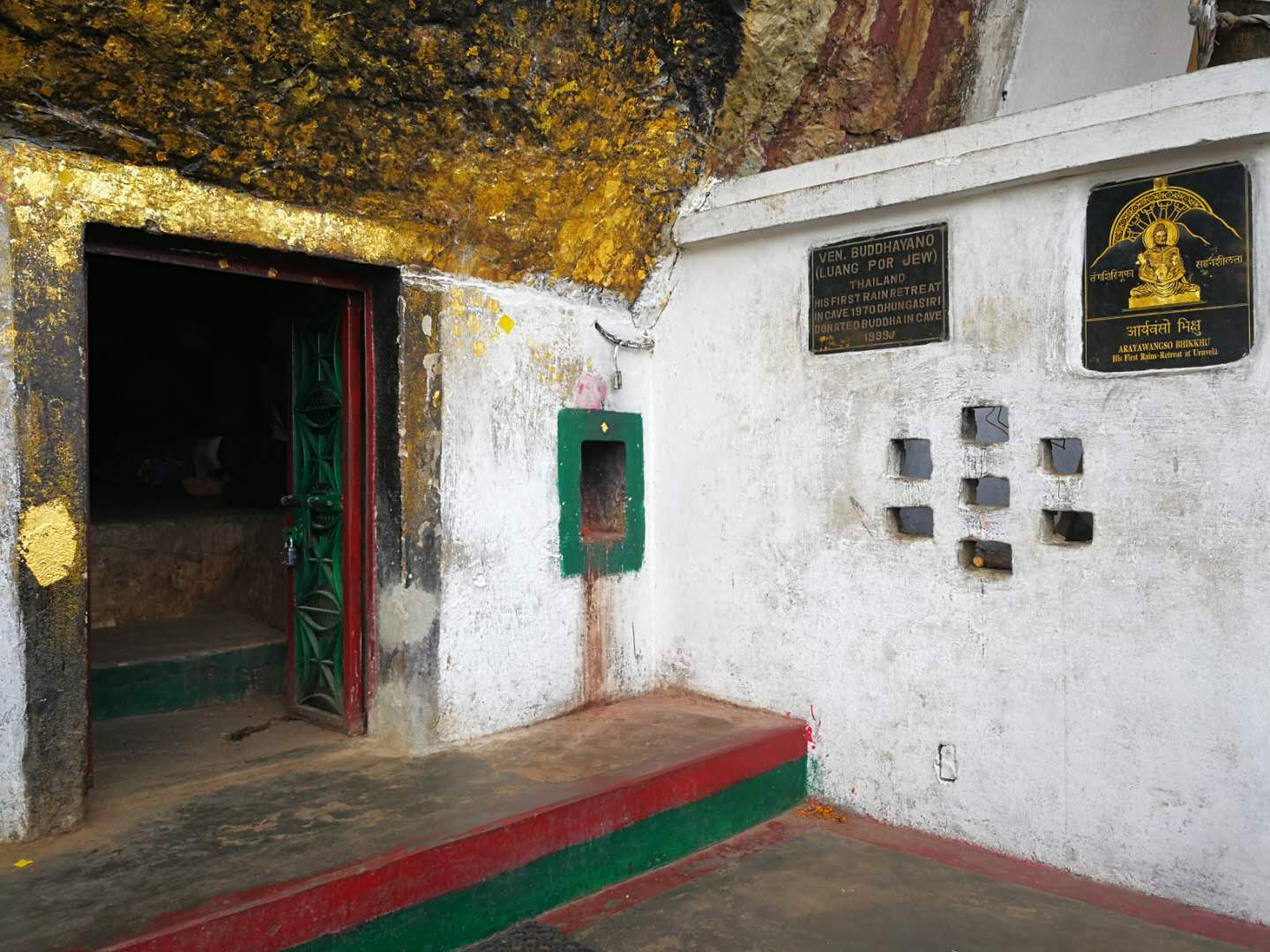Travel Date: November 30, 2012
Lumbini
Lumbini, located in southern Nepal, is the birthplace of Siddhartha Gautama, the Buddha, and one of the Four Great Buddhist Holy Sites. According to Buddhist scriptures, Buddha was born here in 623 BCE under a sal tree while Queen Maya was strolling in the garden. Lumbini holds immense religious and historical significance as the origin of Buddhist faith.
Key attractions in Lumbini include:Maya Devi Temple,Ashoka Pilla,Sacred Pond.Lumbini is recognized as a UNESCO World Heritage Site, drawing countless Buddhist devotees and visitors for pilgrimage and reflection. It stands as a vital symbol of global Buddhist culture.
蓝毗尼
蓝毗尼(Lumbini)位于现今尼泊尔南部,是释迦牟尼佛的诞生地,也是佛教的四大圣地之一。根据佛教经典记载,公元前623年,释迦牟尼佛在此诞生于摩耶夫人游园时所靠近的一棵娑罗树下。蓝毗尼因佛陀的诞生而成为佛教信仰的发源地,拥有极高的宗教和历史价值。
蓝毗尼的主要景点包括:摩耶夫人庙、阿育王石柱、圣池。蓝毗尼现已被联合国教科文组织列为世界文化遗产,吸引着无数佛教信徒和游客前来朝圣与瞻仰,是世界佛教文化的重要象征之一。
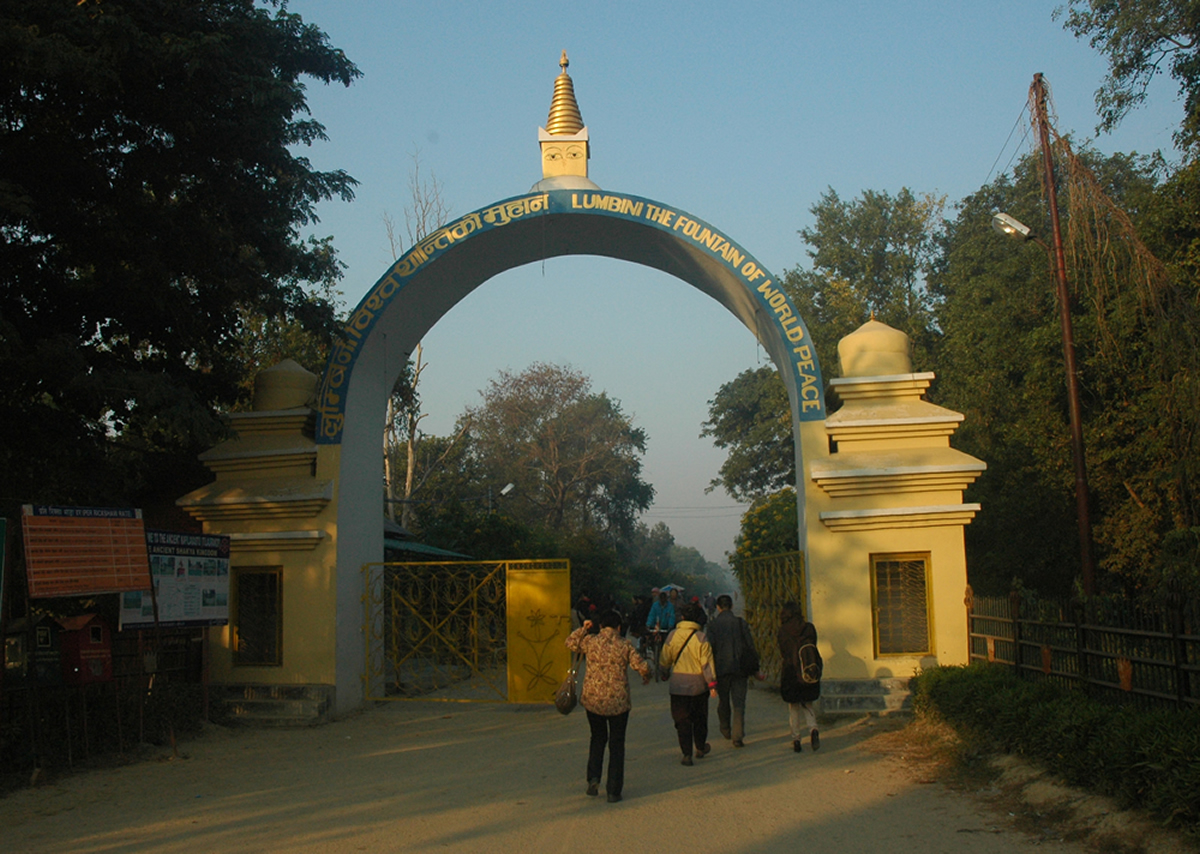
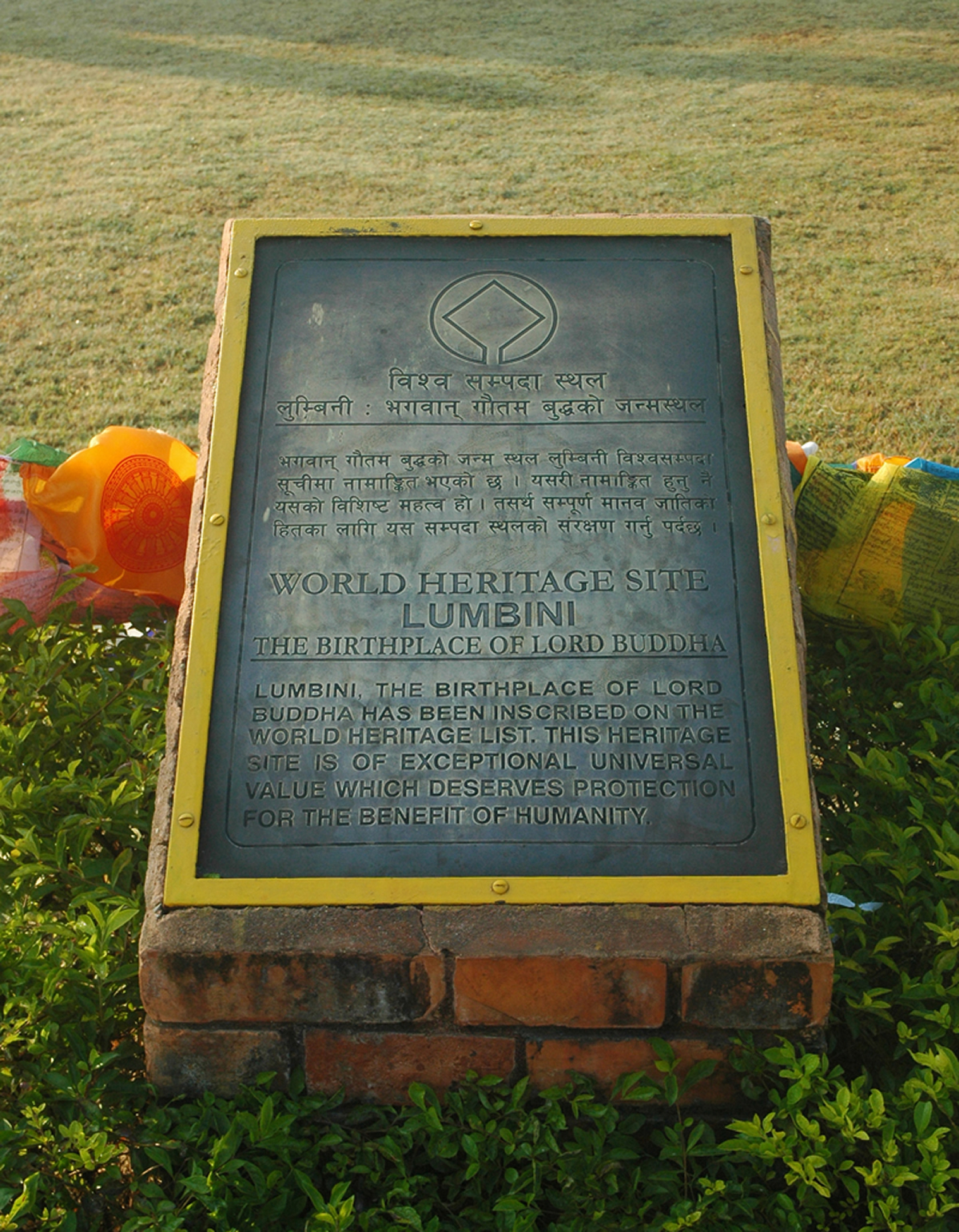
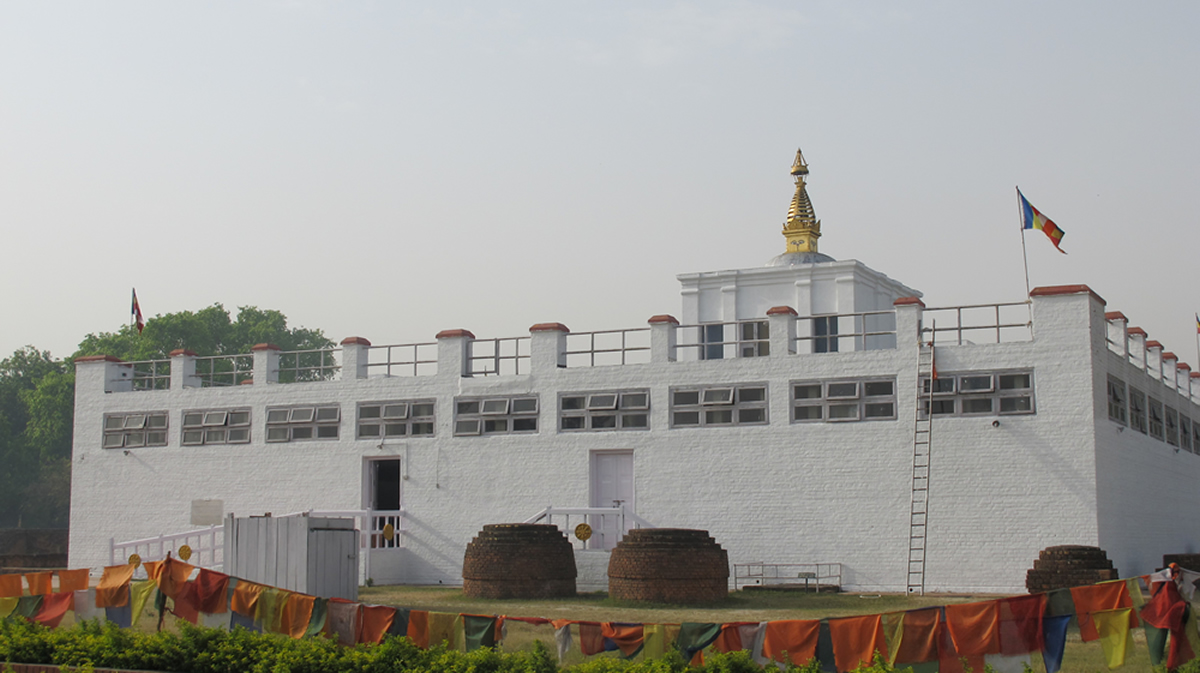
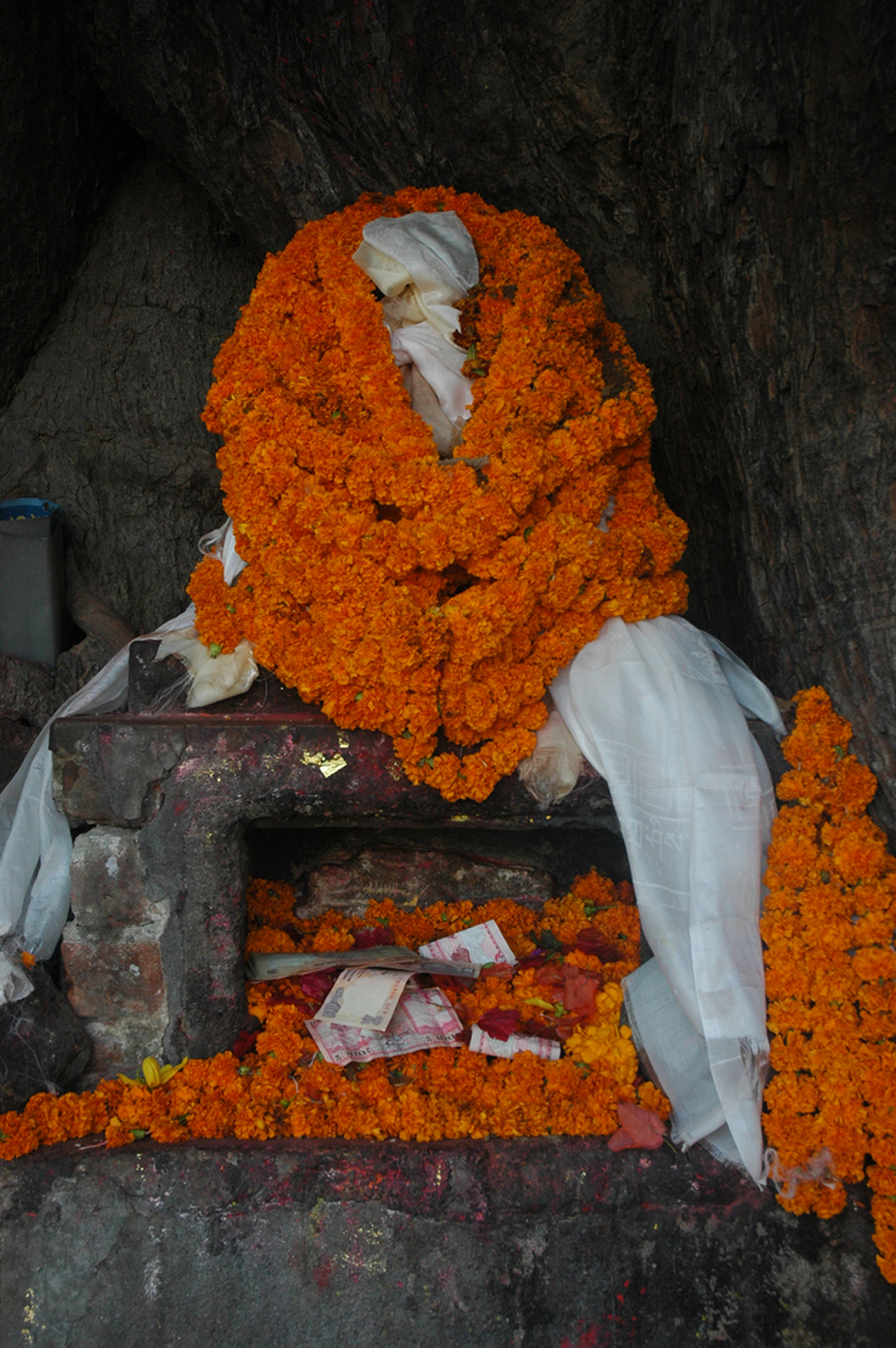
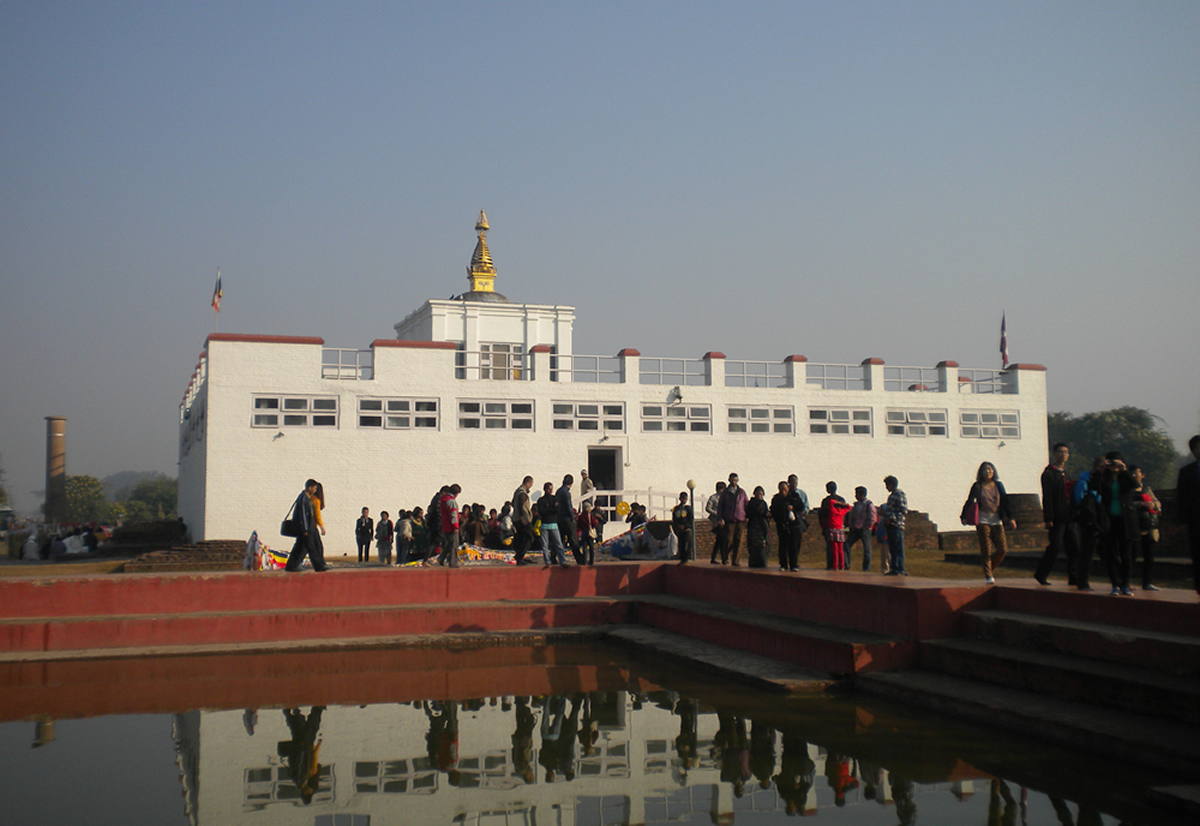
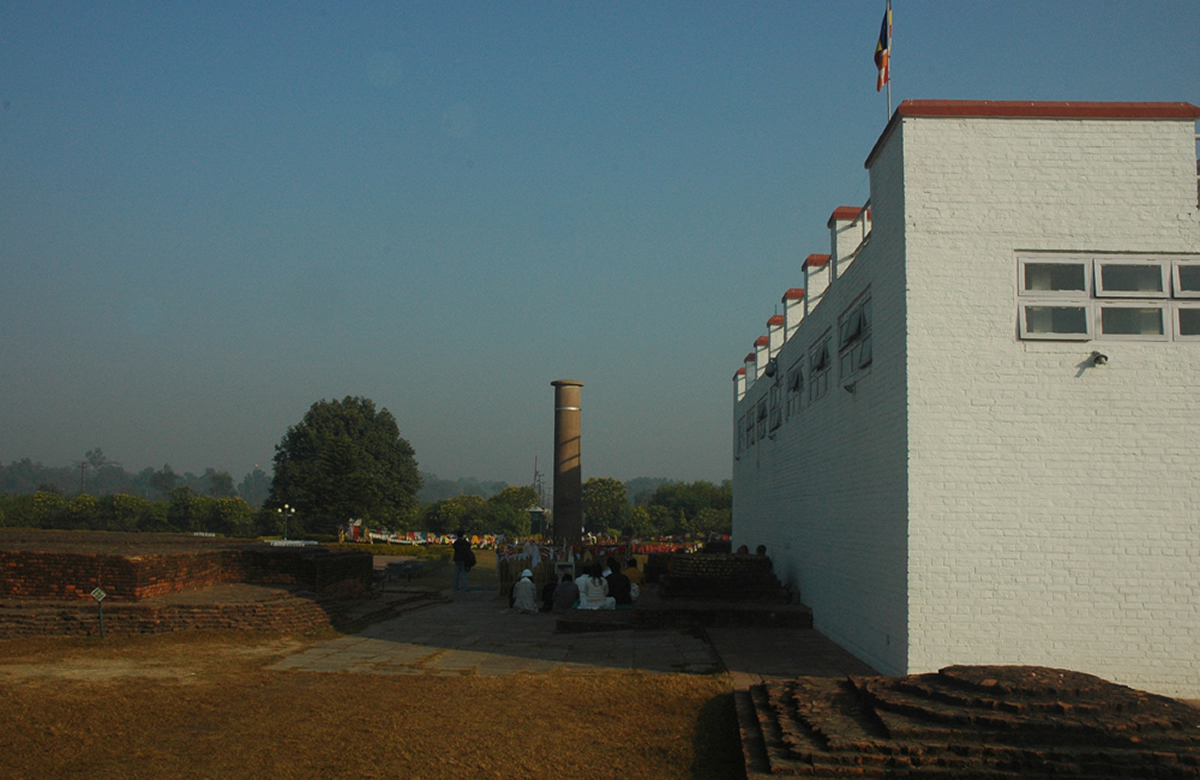
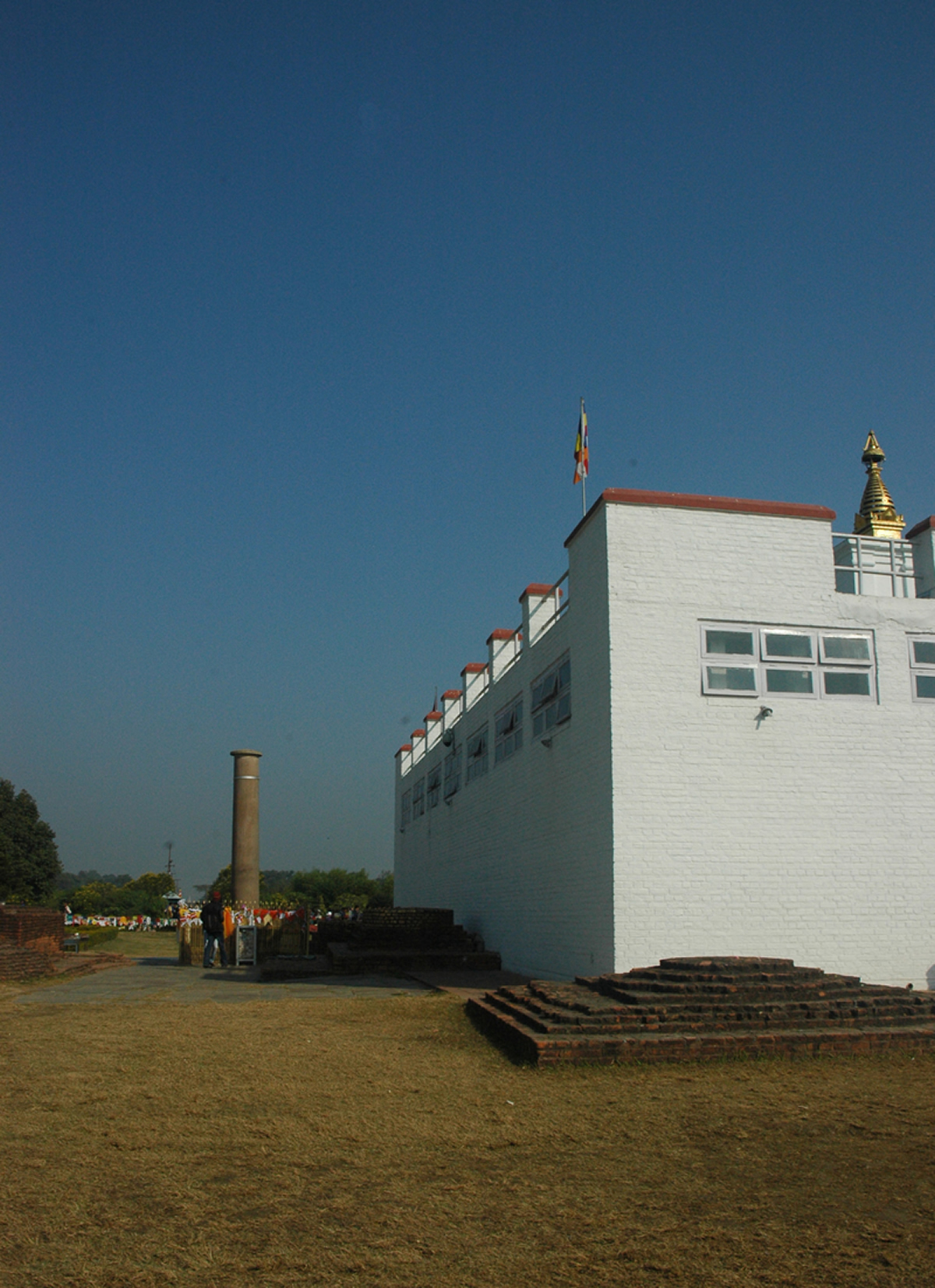
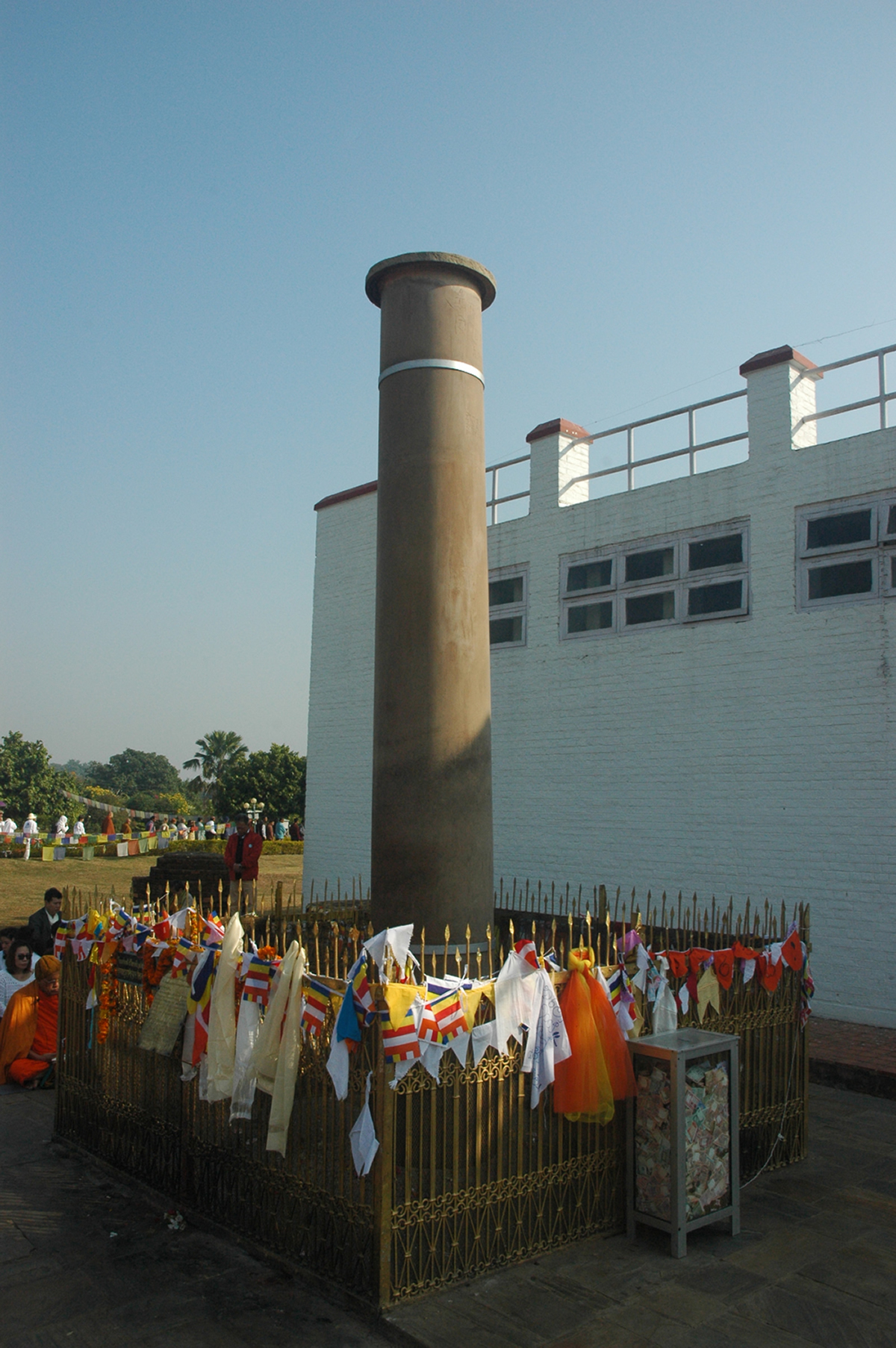
Kapilavastu
Kapilavastu, an ancient city in northern India(Located within present-day Nepal), is renowned as the hometown of Siddhartha Gautama, the Buddha. According to Buddhist scriptures, Buddha was born in Lumbini and spent his childhood in Kapilavastu, the capital of the Shakya kingdom, ruled by his father, King Suddhodana. At the age of 29, he left the city in search of enlightenment.
Kapilavastu holds great historical and religious significance in Buddhism. Many stories about Buddha’s early life unfolded here, including his family life, education, and reflections on worldly existence. After attaining enlightenment, Buddha returned to Kapilavastu several times to preach to his father, relatives, and fellow Shakya clanspeople, guiding many onto the path of spiritual practice.
Modern archaeologists have uncovered ruins of palaces and ancient stupas in areas near the India-Nepal border, believed to be remnants of Kapilavastu. These findings make it a significant pilgrimage site for Buddhists. Kapilavastu symbolizes the transformation of Buddha from a prince to an enlightened being, embodying profound religious and cultural meaning.
迦毗罗卫城
迦毗罗卫城(Kapilavastu)是古印度北部(现尼泊尔境内)的一座历史名城,也是释迦牟尼佛的家乡。据佛教经典记载,释迦牟尼佛出生于蓝毗尼,幼年在迦毗罗卫城长大,直到29岁离家出走追寻解脱之道。迦毗罗卫城是释迦族的国都,由佛陀的父亲净饭王统治。
这座城市在佛教历史上具有重要意义,许多与佛陀早期生活相关的故事都发生于此,如他的家庭生活、教育背景以及对世俗生活的反思。佛陀证得觉悟后,多次回到迦毗罗卫城,为父亲、亲属和族人讲法,帮助许多人走上修行之路。
现代考古学家在印度和尼泊尔边界的地区发现了与迦毗罗卫城相关的遗址,包括宫殿废墟和古代佛塔,使其成为佛教徒重要的朝圣地之一。这座城池象征着佛陀从凡人到觉悟者的转变过程,具有深远的宗教和文化意义。
